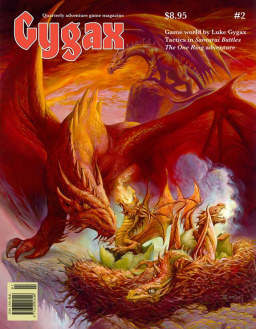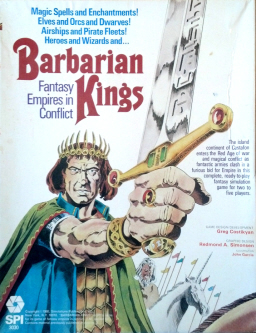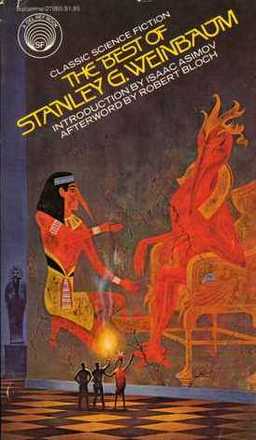ARAK Issue # 6: “The Stalkers of the Snows”
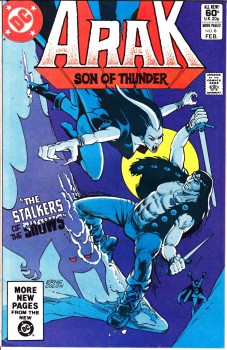 Right off the bat (no pun intended), the cover tips us off that this issue will feature the blood-sucking undead!
Right off the bat (no pun intended), the cover tips us off that this issue will feature the blood-sucking undead!
In the eerie blue glow of the full moon, a vampire swoops down on sword-drawn Arak like a bomber lugging twin torpedoes. And, oh dear, those sharp fangs aren’t the only pair of pointy objects poised to pierce Arak or poke his eyes out. (Yeah, they’re hard to miss, framed as they are by the yellow moon.)
[Okay, the adolescent male has been sent back to his room in my psyche; now let’s summarize this issue with less juvenile eyes, shall we?]
We don’t get to any vampires until 19 pages in; this issue fits a recurring pattern of narrative structure that reserves the monster-of-the-month for the last five pages or so, while the first four-fifths of the issue covers court intrigue and character development that furthers the overarching plot.
Arak returns from being demon-flung out of the sorceress Angelica’s tent the night before, arriving at Carolus Magnus’s jousting tournament just in time to reveal to the Twelve Peers that Angelica’s brother Argalia cheated by using sorcery when he defeated the champion Rinaldo last ish. Also, by the way, her demons have carted off one of the Twelve, the court magician Malagigi, to White Cathay.
Most of the Twelve (well, they’re down to ten now, since one seat has been mysteriously empty and, of course, poor old Malagigi is a hostage to goat-footed devils) dismiss the charges of the “savage heathen,” since it is his word against Angelica and Argalia, who are both nobility and allegedly Christian.
The ensuing exchange rather amusingly ticks off Arak, who lays out a good case of circumstantial evidence and shows himself to be smarter than just about all the rest of them combined. Even Valda, usually stoically silent, intervenes, telling the rest of her Peers that they should heed the words of Arak.
All this gets her is a snickering remark from the Bishop: “Well, now! It seems rave Valda is smitten with the young savage!” Another one chimes in, “Perhaps we should call her the ‘Iron Maiden’ no more, eh?” Nudge nudge wink wink. Man, and you thought I was juvenile! These guys need a serious come-uppance.
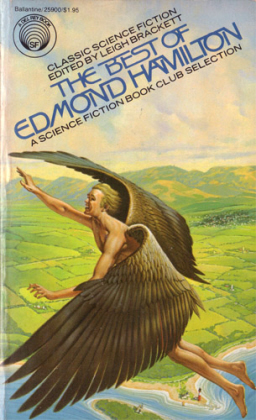
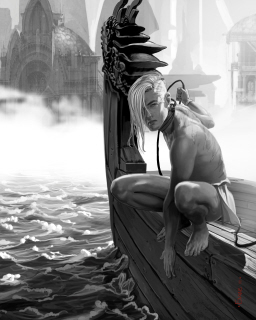
 A few years ago, a cat came to live with me under unexpected circumstances. (This is getting around to a look at a fantasy novel, and no the novel has nothing to do with cats as such, and yes I have a point.) I’d never had a pet when I was young, so I suddenly found myself dealing with a new range of experiences and emotions; and found also that the depictions in most media of relationships between pets and their humans were notably lacking. There’s a complexity of living with, and to an extent being responsible for, a non-human animal. You have to learn about (and sometimes worry about) diet and medical needs and what certain behaviour patterns mean. You have to learn how to communicate with a creature that does not use words — but which may be surprisingly good at understanding emotions in a voice. These sort of things are rarely shown in most stories about humans and animals, but they’re a crucial part of the experience of dealing with a pet.
A few years ago, a cat came to live with me under unexpected circumstances. (This is getting around to a look at a fantasy novel, and no the novel has nothing to do with cats as such, and yes I have a point.) I’d never had a pet when I was young, so I suddenly found myself dealing with a new range of experiences and emotions; and found also that the depictions in most media of relationships between pets and their humans were notably lacking. There’s a complexity of living with, and to an extent being responsible for, a non-human animal. You have to learn about (and sometimes worry about) diet and medical needs and what certain behaviour patterns mean. You have to learn how to communicate with a creature that does not use words — but which may be surprisingly good at understanding emotions in a voice. These sort of things are rarely shown in most stories about humans and animals, but they’re a crucial part of the experience of dealing with a pet.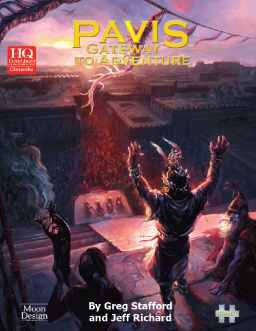
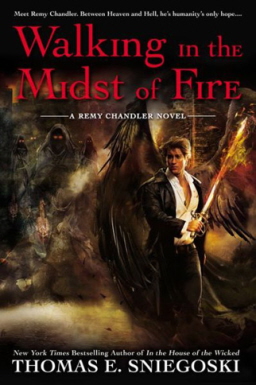
 A couple weeks ago, I discussed one of the movies I saw at this year’s
A couple weeks ago, I discussed one of the movies I saw at this year’s 